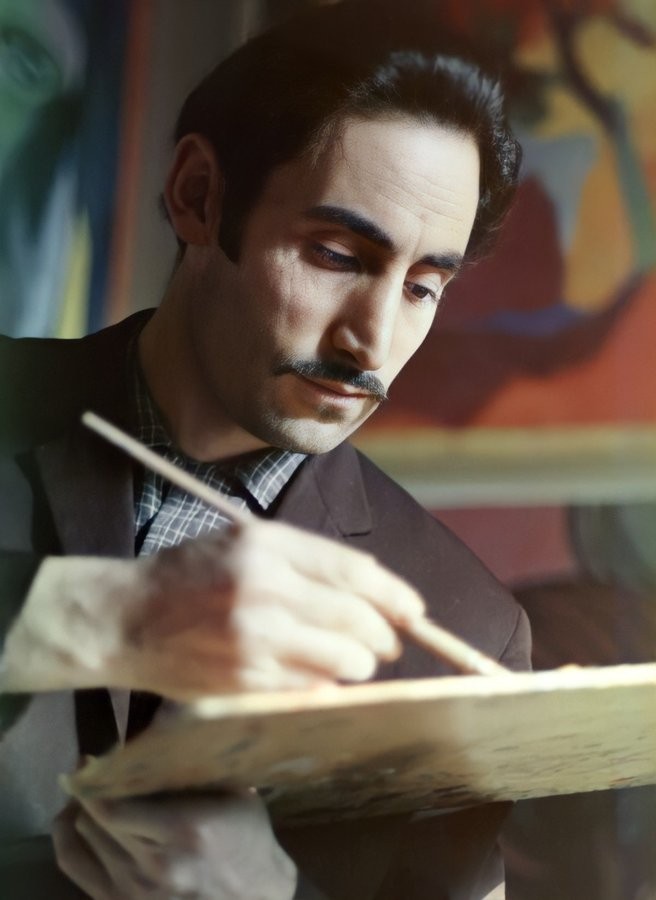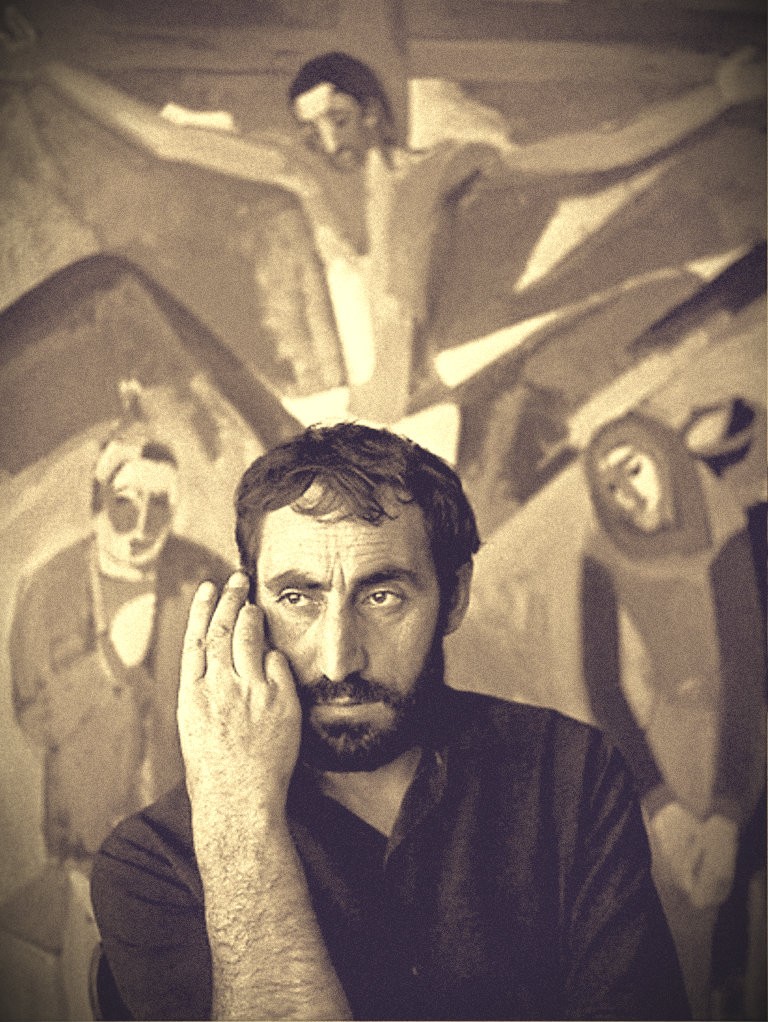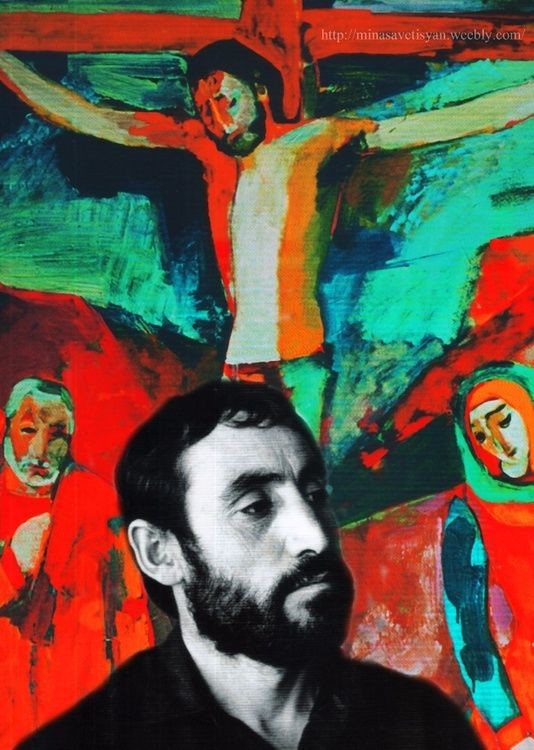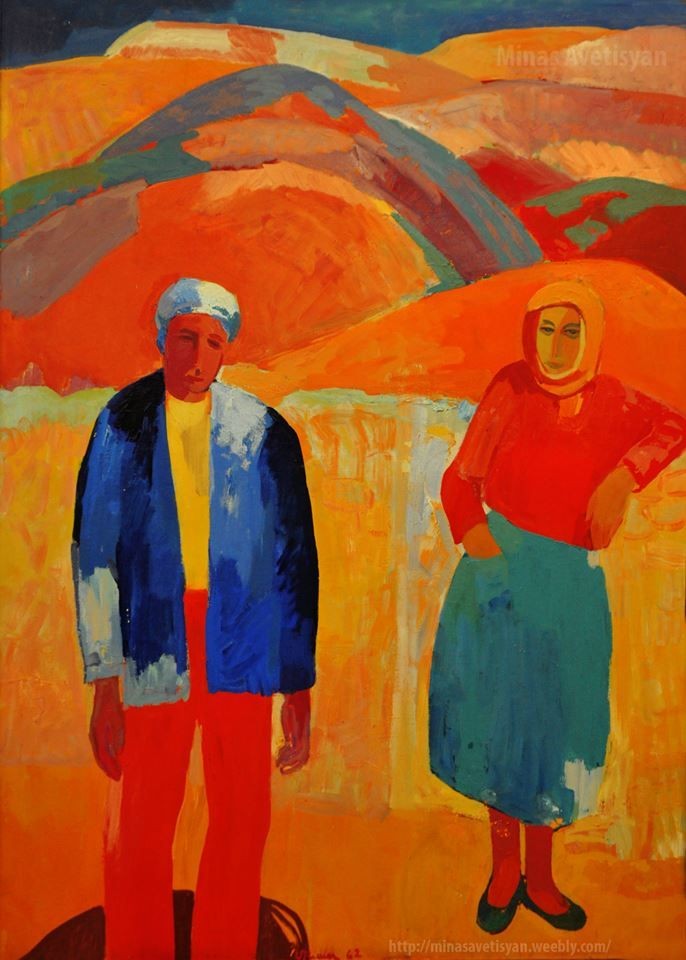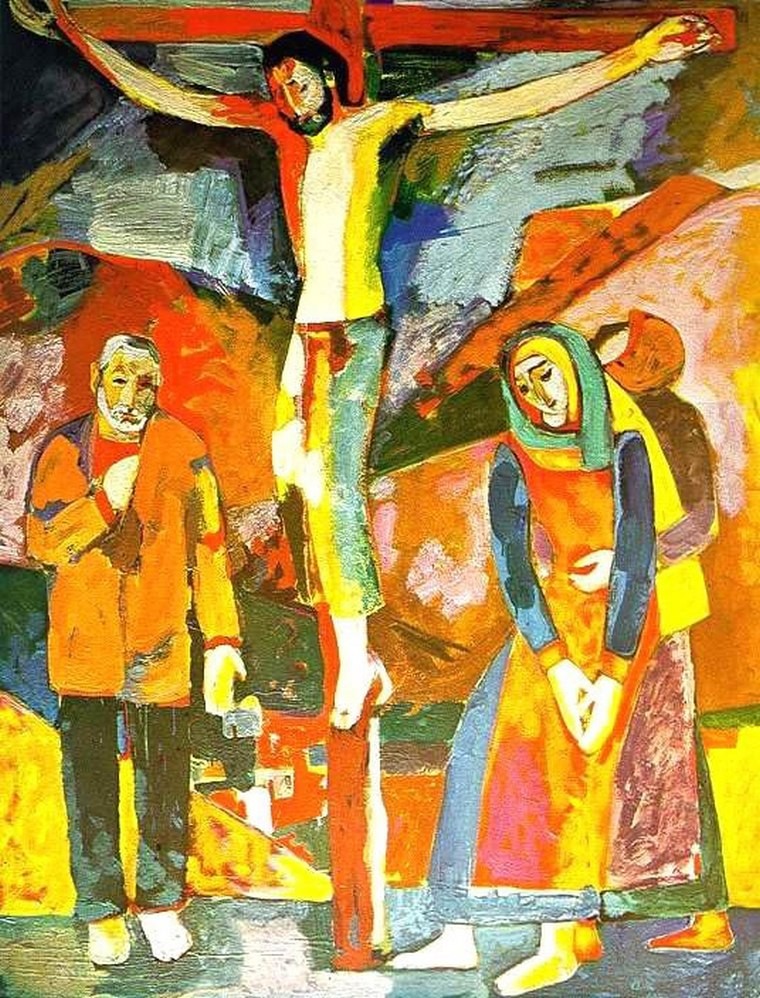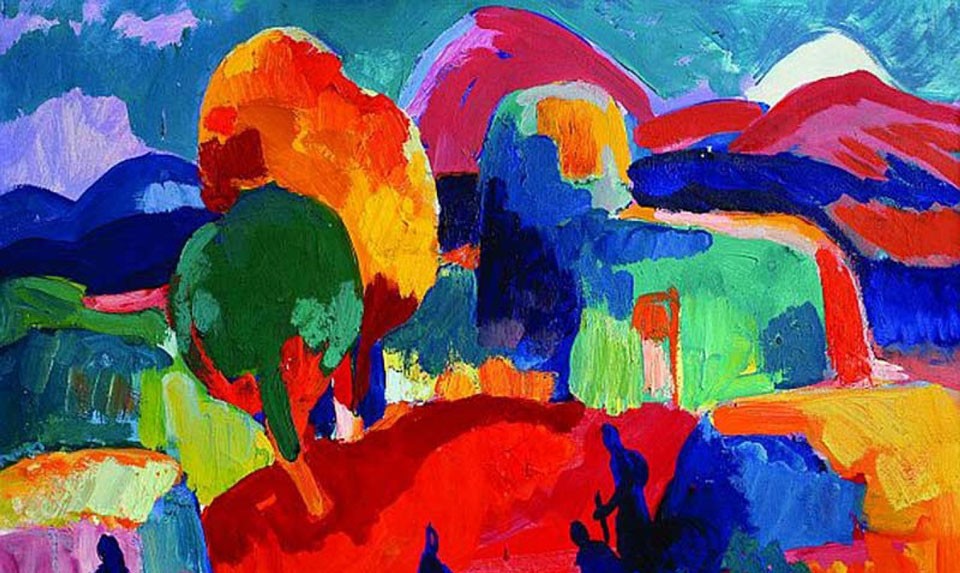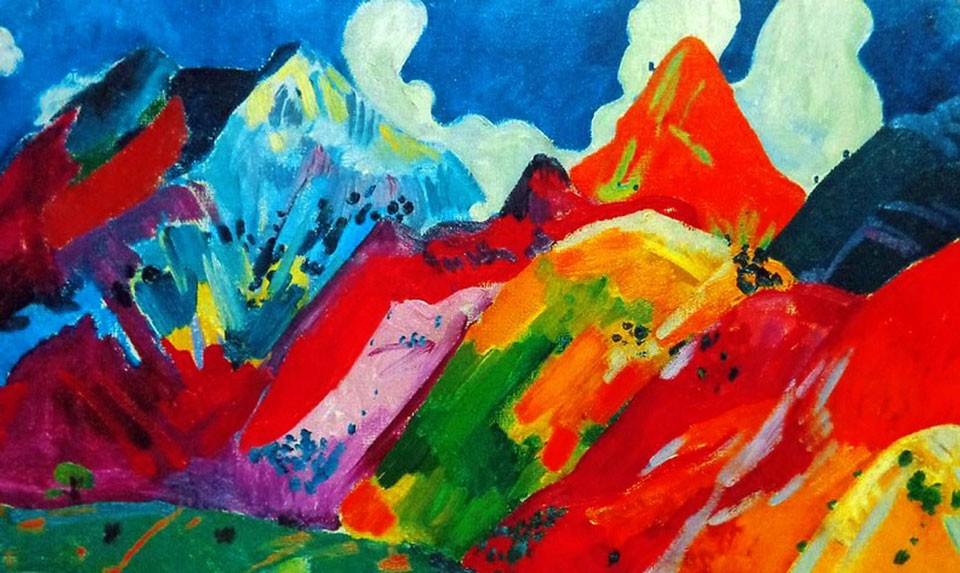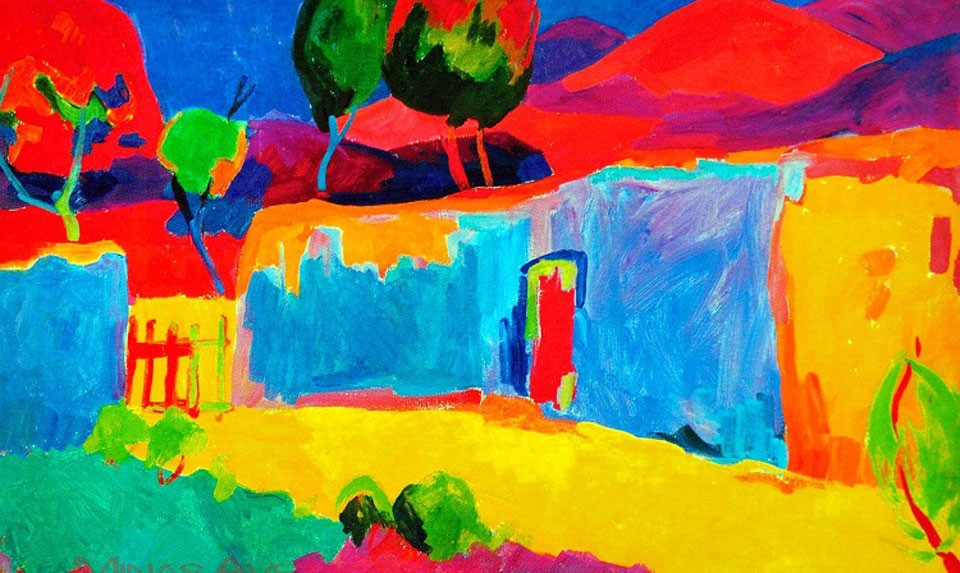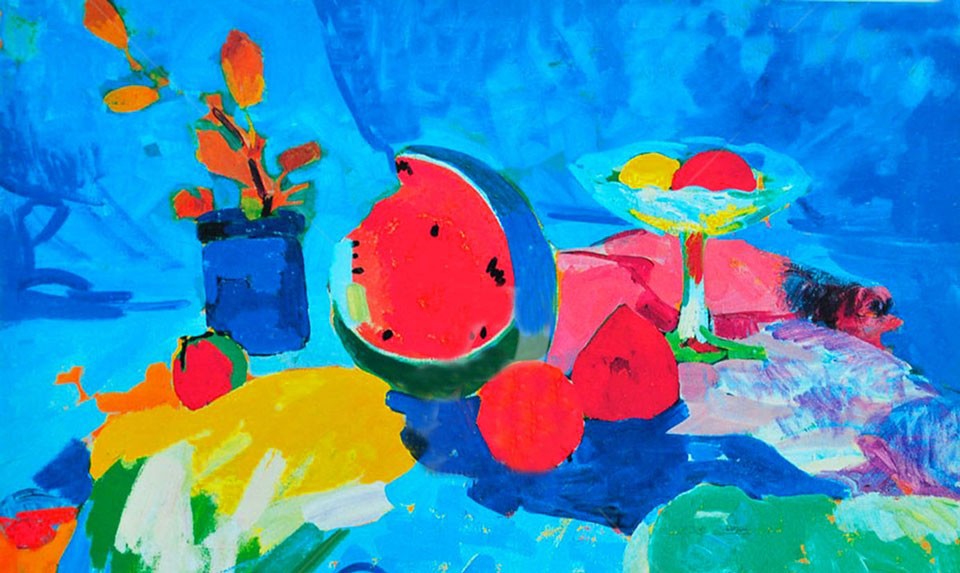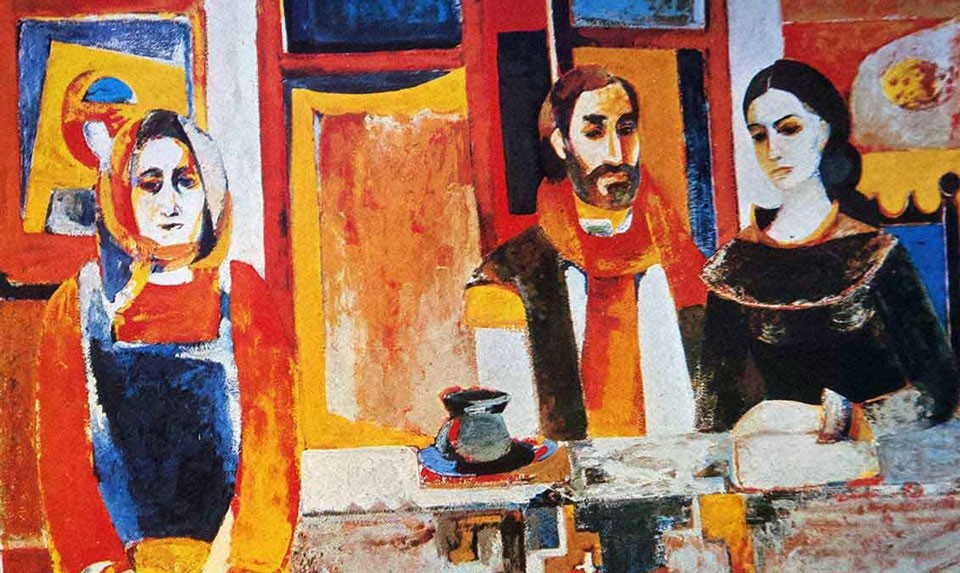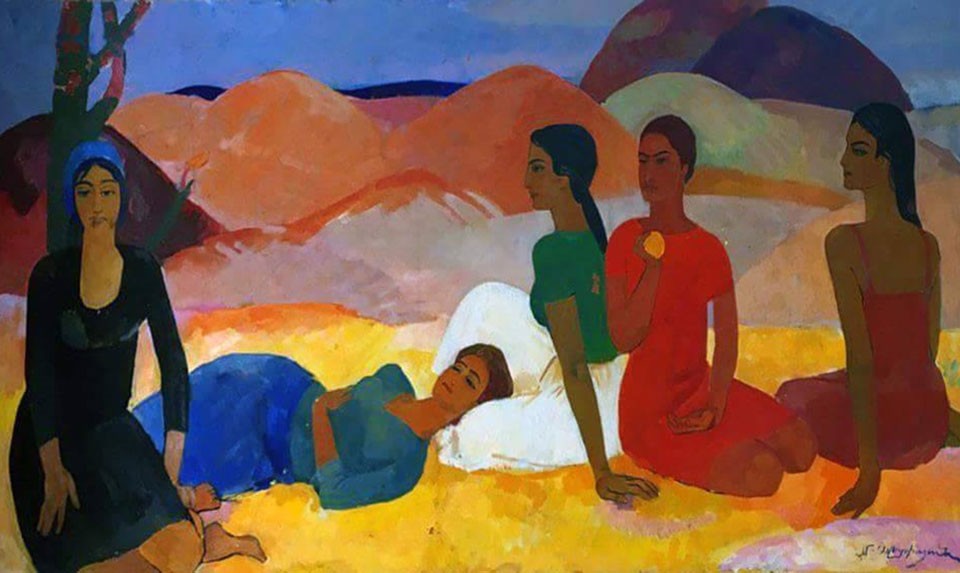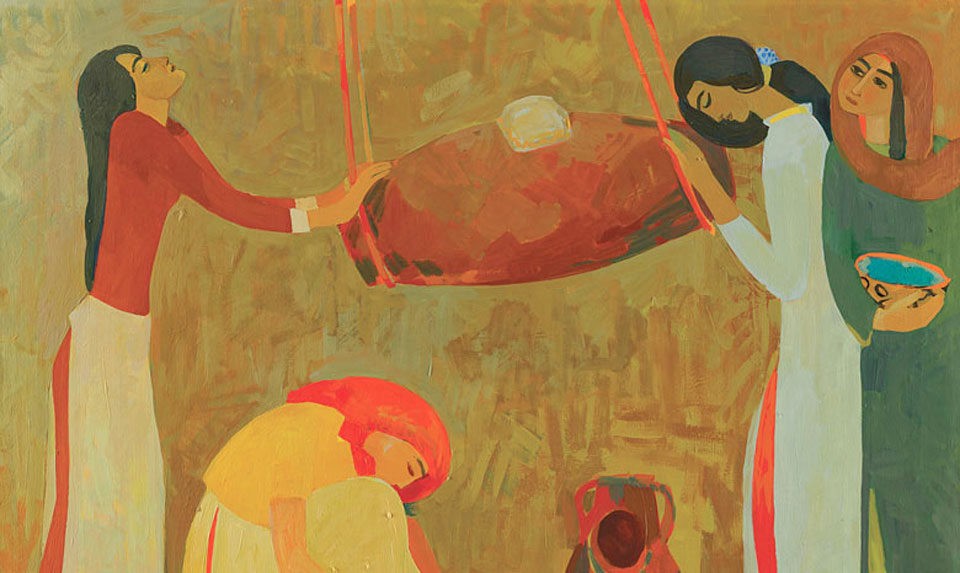Minas Avetisyan - An Armenian Artist Who Took Painting To A New Level
Minas Avetisyan is one of the most prominent representatives of the Armenian painting of the second half of the 20th century.
Minas was born on July 20, 1928, in the village of Jajur, Soviet Armenia. His mother, Sofo, was a daughter of the Armenian priest from Kars. His father, Karapet, was a smith from Mush.
He started to paint relatively late. When he was young, he was fascinated by Martiros Saryan’s art. For the first time, he was introduced to the artist at the age of 18. In the artistic and aesthetic development of Minas, a great impact had the Armenian miniature painting and the Italian Renaissance with which he got acquainted when he was studying in Saint Petersburg, Russia.
Minas has created compositions, landscapes reflecting the Armenian countryside, as well as portraits, still life, frescoes. His works are unique with their strong contrasting colors that express bright, lyric moods, sometimes with tragic accents. He touched upon all the areas of painting - painting, graphics, mural painting, and stage painting.
The creative mature period of Minas lasted 15 years - from 1960 to 1975. During this period the painter created about five hundred small and big paintings, graphics - again about five hundred pieces, twenty large-scale murals and more than one dozen ballet and theatre decorations.
Avetisian's method differs from the method of plein-air painting which was once widespread in Armenian art. For him working from nature was no more than a preliminary stage, and the main portion of the work on the canvas was done in his studio.
In 1967, he appeared on film in the censored and suppressed documentary “The Color of Armenian Land” by his friend Mikhail Vartanov.
On February 16, 1975, Minas had a car accident: He died a week later on February 23. According to some sources, he was murdered by the KGB.
